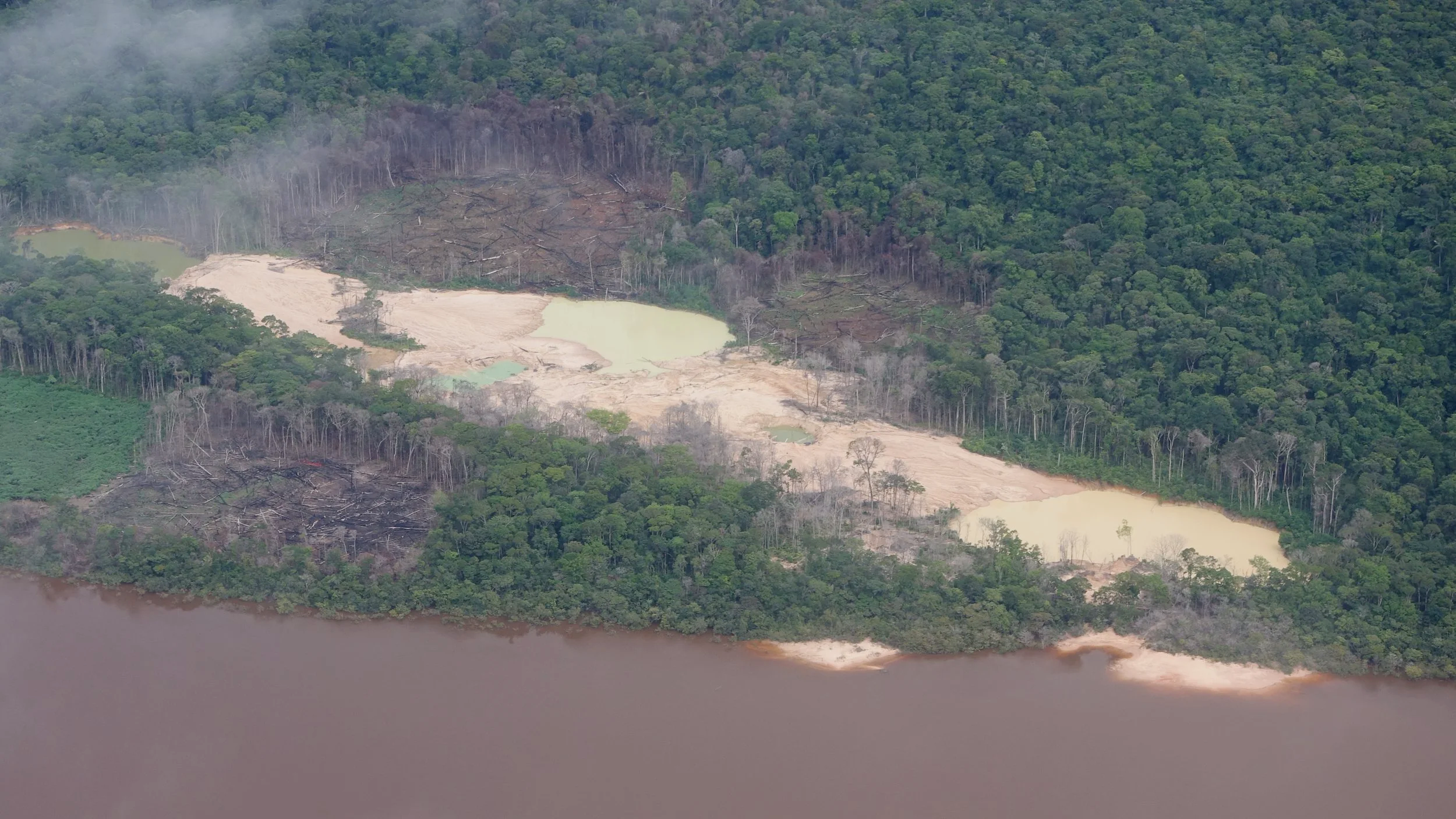
Wildlife Crimes
Illegal Mining
Illegal mining involves the unauthorised extraction, processing, transportation, or sale of minerals—such as gold, bauxite, sand, or gravel—in violation of national laws or international agreements. Specific illegal practices include extracting minerals without required permits, mining in protected or restricted areas, exceeding legally authorised extraction limits, and using prohibited, unsafe, or environmentally harmful extraction methods such as mercury amalgamation or river dredging. Across the Caribbean, illegal mining affects diverse ecosystems including upland forests, rivers and streams, wetlands, coastal zones, and protected habitats, frequently driven by economic factors, poverty, limited governance capacity, or inadequate enforcement.
The impacts of illegal mining are severe, intersecting all five CAR-WEN core values. Biodiversity conservation is compromised by habitat destruction, water pollution, and soil degradation, resulting in population declines and local extinctions of vulnerable wildlife species. Animal welfare suffers due to wildlife displacement, direct harm from destructive extraction methods, and toxic exposure. Weak regulation and enforcement erode the rule of law, diminishing public confidence in governmental authorities and environmental policies. Human well-being is negatively impacted as local communities experience health risks from contaminated water, unsafe working conditions, reduced agricultural productivity, and economic instability. Additionally, illegal mining significantly elevates public health risks through environmental contamination—particularly mercury pollution—leading to chronic illnesses, neurological damage, and other severe health conditions in affected populations.
Effectively addressing illegal mining in the Caribbean requires stronger regulatory frameworks, enhanced monitoring and enforcement capacities, targeted public awareness efforts, and inclusive economic approaches that provide sustainable and equitable livelihood alternatives for communities involved in or impacted by informal mining activities. Achieving these goals depends on close collaboration between environmental, public health, law enforcement, and community development agencies, tailored specifically to regional ecological, social, and economic conditions.
Related Blogs
Our blog section is growing. Check back soon for new posts related to this topic.
